Medical Update Hallux Surgery
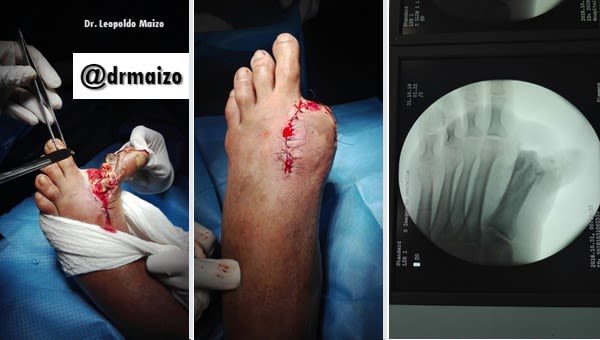
The Hallux
Hello to all my readers, we are on Halloween, days and nights of terror, and precisely this medical update is a type of surgery performed prior to arthroscopy training in Europe. Amputations are fatal for anyone but when it comes to preserving life or preventing the spread of infections is sometimes the best method that exists, fortunately thanks to technology we have prosthetic systems that can replace almost any part of the human body in the extremities. Probably some images are very strong but were taken with the patient's consent and for informational and academic purposes.
The hallux, mostly known as the big or thick toe is considered the first toe in terms of order. It corresponds to the thumb or pollex in the upper limbs. It has, unlike the other fingers, two phalanges instead of three. The human being is the only primate in which the hallux is aligned in parallel with the rest of the fingers, this being a key factor for bipedal locomotion. Therefore, it is not strange that malformations, infections and other pathologies of this finger, such as bunions, produce a great impact on the patient's quality of life and require corrective surgery. The big toe is also an object of attraction and sexual practices for some individuals.
The big toe is the first and innermost toe of the foot, although there are variations of the digital formula. In the normal foot or "Egyptian foot". (69% of the population) is longer and thicker than the others. A "Greek foot" is one in which the second toe is longer than the big toe (10-22% of the population) and the square foot or "polynesian" is one in which the first three toes are equal (9% of the population).

Biomechanical principle
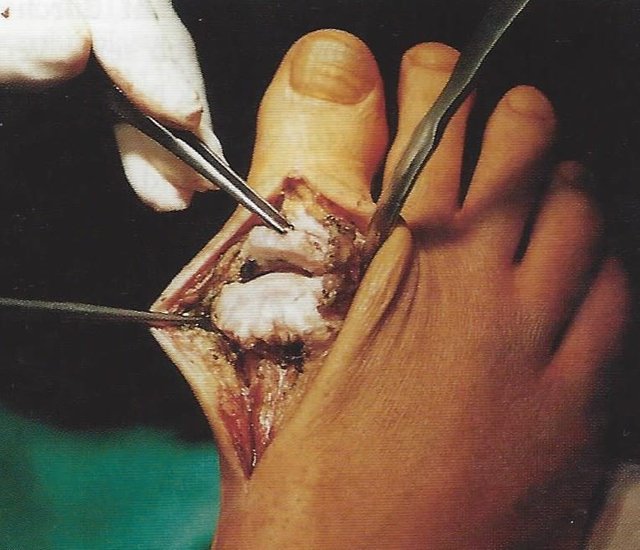
From the biomechanical point of view, the big toe belongs to the so-called astragaline foot, also called by other foot texts talian, superomedial or dynamic. It includes the first three toes, which extend from astragalus through the three wedges. Its function is propulsion, as opposed to the calcaneus or static foot, which comprises the two remaining toes (fourth and fifth) and whose function would be to support the load or support. According to some interpretations, the foot would support the weight of the body in a very similar way to a vault supported by five arches and three points of support. As for the first point of support, it has been said that it is the metatarsophalangeal joint, but the ball of the big toe is an equally constant and important point of support. The big toe belongs to the first arch of the foot or internal arch, which is an axis that passes through the center of the first phalanges and metatarsals, the first wedge, and through the inner part of the scaphoid and talus (bone). This axis forms an angle of about 18-25° with the ground, its vertex being at the tip of the first phalanx. It is, according to podiatric surgery specialist G. Pisani, the arc of maximum mobility, and one of the three points of support. It is convenient to think of the "vault" model as something dynamic and constantly adaptable to environmental variations in order to provide optimum functionality at all times.
Amputation?
Problems with the diabetic foot are one of the most frequent causes of hospitalization in people with diabetes. A long hospital stay is usually required, with an enormous financial and psychological cost for the patient but also for the family and society as a whole.
The community should know that diabetes represents the main cause of non-traumatic amputation (non-accident amputation) in industrialized countries.
This complication, like others, including blindness and kidney problems that lead to dialysis, could be prevented.
How can we prevent a diabetic patient, mostly those who are not treated with insulin (so-called non-insulin-dependent diabetics) from avoiding the amputation of a toe or an entire limb?
One of the strategies is what we are going to do in this space, i.e. educate ourselves.
But do not believe that only patients and their families should know that good control of blood glucose, blood fats (proper metabolic state) and other factors as aggressive as high blood pressure (hypertension) lead to complications, but that the entire health team must be trained to help in prevention.
That is why we are going to describe various aspects that help a diabetic and his family, but also so that we (friends, etc.) are attentive to help them.
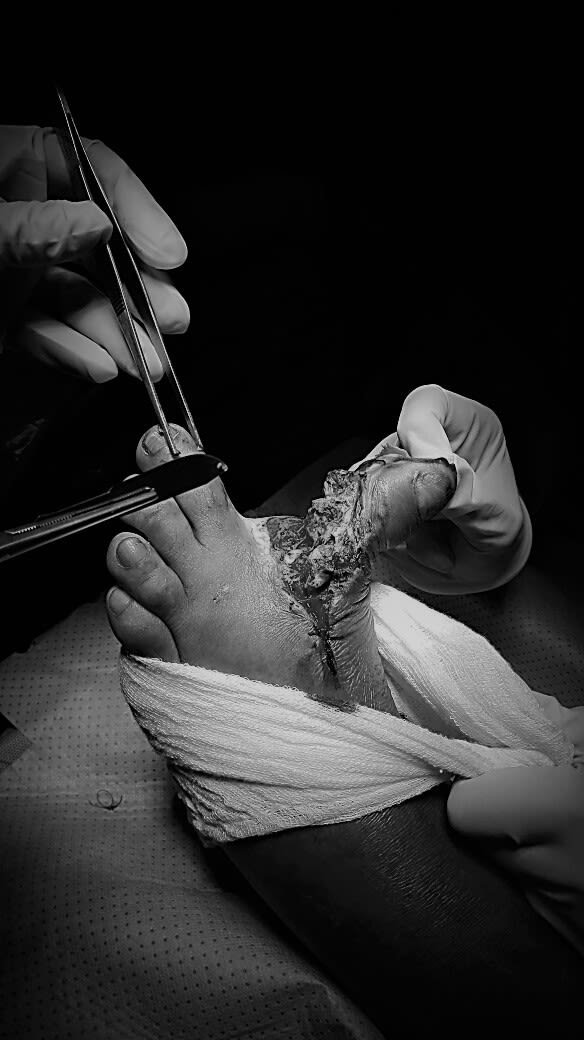
What we always say to patients is that diabetes causes complications in the arteries that lead to a lower blood flow in the small arteries of the foot, but also another component is the injury to the nerves of the legs and feet, which we call peripheral neuropathy. In this case we should not confuse it with a nervous problem of the head (being crazy), although sometimes the so-called cranial pairs are also affected, so the eyelid can remain open etc..
Let's talk about the main risk factors that lead to foot injury such as small ulcers, so-called "corns", etc. that are directly related to nerve damage and are manifested by:
- Decrease in sensitivity to pain: this is why we have seen cases of patients who work in rural tasks and who have come with a spine of caldén for a long time of evolution, without pain but unfortunately with a very serious infection and difficult to control.
- Reduced blood flow: in the small vessels of the foot are called vasanervorum.
But these causes would not give rise to the appearance of clinical manifestations (ulcer, etc.) if there were not other external factors that trigger the serious foot injury. That is why it is important to know them, because by doing so we prevent the appearance of an injury or, more importantly, we prevent an amputation:
- Use of unsuitable shoes: especially with seams inside, or are very tight, which hurt the skin for having poor irrigation and poor innervation.
- Increased compression points: these are produced especially because the foot is deformed and form points where the skin continuously receives the trauma of footwear.
- Traumatisms: those as simple as bumps with furniture, burns from hot sand or the misuse of hot bags or elements on the feet, especially in winter. The correct thing is to place the hot element in the bed some time before going to bed and then remove it before getting into the bed.
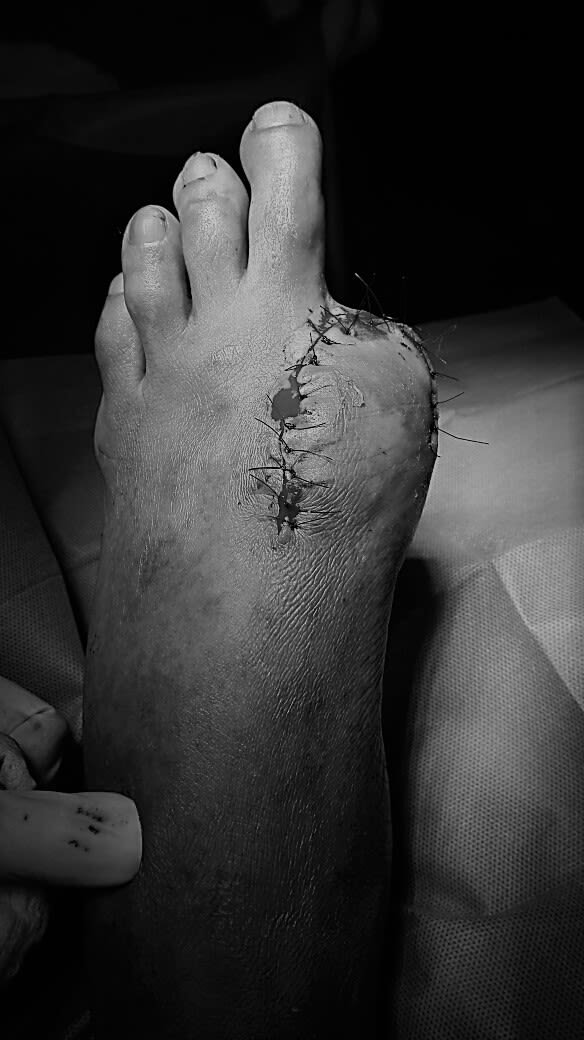
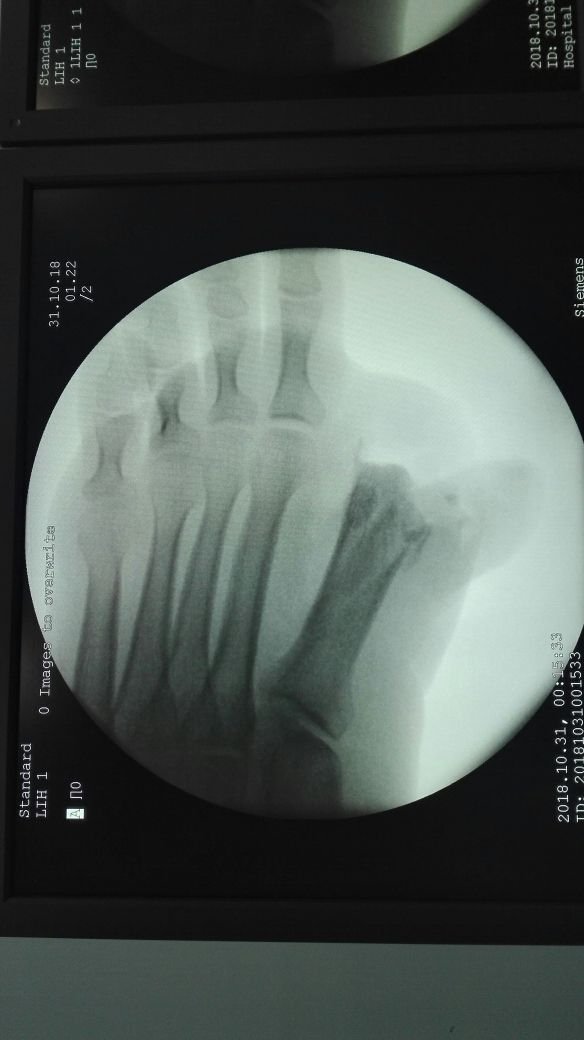
In addition, the temperature of the water should be controlled by inserting the elbow or asking a family member to do so, so that this warm, not hot.
- Local infections: since they can stay for a long time and start with a superficial infection and then end up in an infection to deeper structures of the foot such as bones (osteomyelitis), which makes a favorable terrain for amputation.
- Lesions caused by fungus: continuous scratching due to lack of treatment can lead to poor sensitivity to the production of bacteria that cause the foot infection.
- Orthopedic problems: what we refer about the nervous disorder in the lower limbs, see deforming especially the foot and therefore we observe the hammertoes (the toe forms as an angle and thus forms an area where more pressure is produced and is injured), the hallux valgus (the famous bunion) by the loss of the axis of the toe, or the expiration of the forefoot that progressively and very seriously leads to the formation of the foot Charcot known by the form it has of a pie.
- Psychological factors: especially the lack of acceptance of the disease leads to a lack of adequate control of diabetes whether manifested by eating what does not correspond, not doing physical activity, lack of monitoring of blood glucose at home, not taking insulin or oral medications (oral hypoglumiants) etc., which makes the diabetic does not have adequate quality of life.
- Social factors: among them the most important is the lack of money to buy the necessary elements for a good treatment, either for lack of work or lack of social health coverage.
What we say to our patients is that they should see their feet in all their parts and so that they do not forget the sole of the foot, place a mirror under them and they will be able to observe it very well.
By supporting this update you will be supporting my campaign to carry out my educational training abroad. Continue my campaign in Fundition.
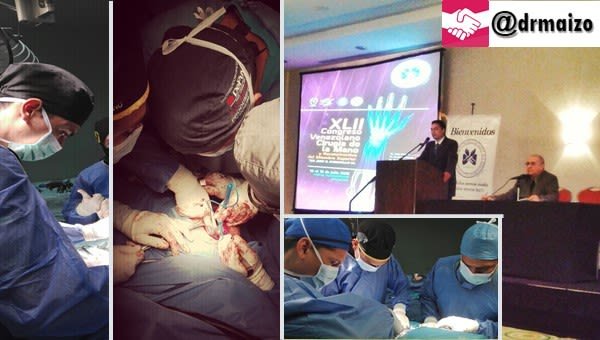
This project is being supported by @Fundition
Fundition is a next-generation, decentralized, peer-to-peer crowdfunding and collaboration platform, built on the Steem blockchain.
#upfundition and #fundition tags on Steem represent the projects that are started on https://fundition.io.
Are You Prepared to Make the World a Better Place too?
Read the full details of Fundition Fund program
Learn more about Fundition by reading our purplepaper
Join a community with heart based giving at its core
Thank you!!! :D
The loss of such a large digit must surely also affect the way the patient walks too?
Prevention is definately better than cure.... I suppose the long slow onset of conditions such as diabetes may also be down to ignorant behaviour and thinking it may never happen to them.
Great post.
Undoubtedly affects the gait my friend @preppervetuk, even recommend the use of a prosthesis that replaces the toe hallux foot, as it is essential for propulsion during walking. On the other hand many of these cases are ignorant as others because they do not have the economic resources for proper treatment, in either case a prevention is always the essence.
I never thought about a toe prosthesis.... Sounds plausible.
The truth sounds strange, but if it exists, I'll show you an example: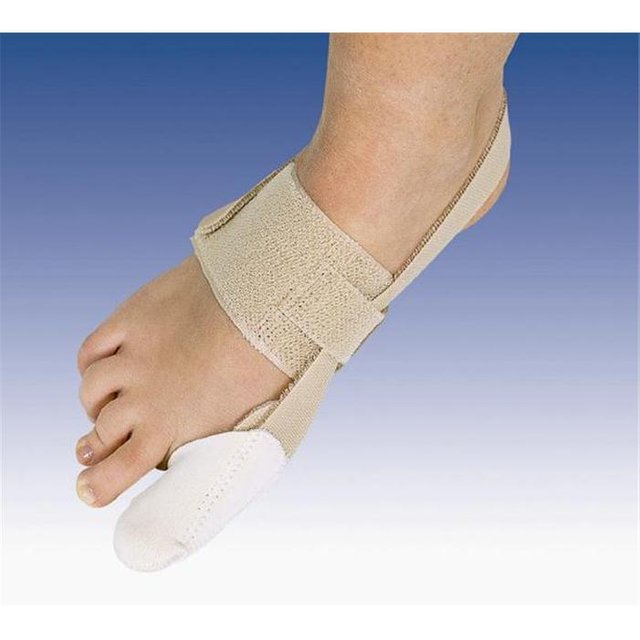
Always so fascinating to read and review your work. The human body is amazing . . . As is the human mind that can manipulate the body of others. Being alive is wild.
Totally wild my friend, there are surgeries that even leave us shocked the surgeons themselves where we even do not know the reasons for the disease itself. Thank you for your comment. A hug.